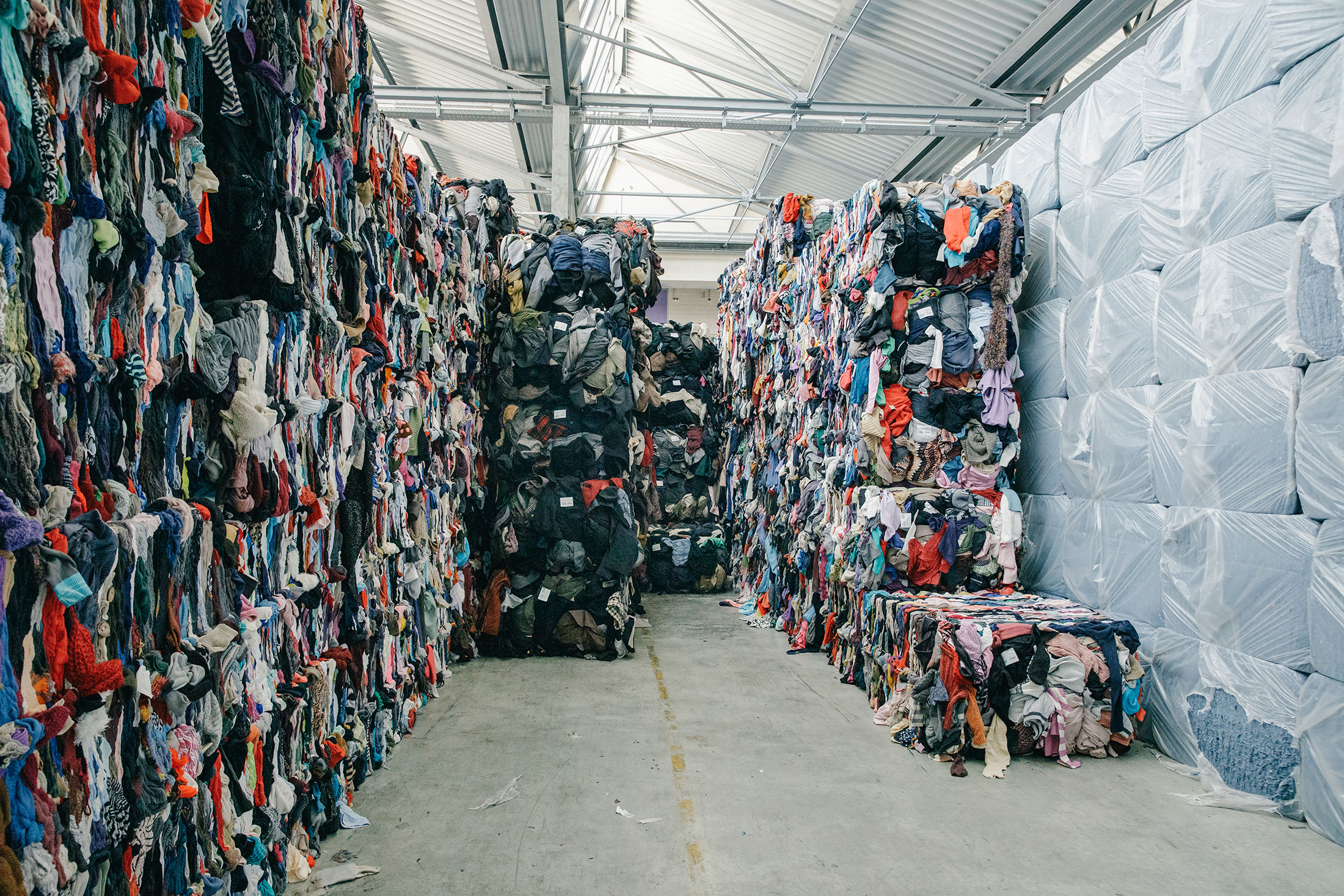Less than 2 weeks from the next United Nations Climate Summit, COP27 in Egypt, the UN released some very stark news. The world is not even close to where we need to be. The new report states that existing pledges to cut GSG emissions established at COP26 will lead to global heating of 2.5 degrees Celsius, resulting in catastrophic, irreversible change. The UN has declared that a 43% reduction in GHG emissions will be required to preserve the 1.5 degree target by 2030. Drastic action is needed, now.
With this grim backdrop in mind, we at ECOR are always looking for good news. Leadership and best practices on sustainability can come from unlikely industries. Of all the consumer sectors to be optimistic about, the fashion industry has shown high-profile leadership towards sustainable practices. The path ahead includes fashion manufacturers beginning to gather data on the impacts of their entire supply chain, and disclosing that data via garment labeling, allowing consumers to make more informed choices.
The fashion industry has become very adept at consumer engagement. This new sustainability push comes from knowing exactly what their customers want and demand – and that is immediate change. In 2020, about 5.8 million metric tons of textiles were disposed of, which is the equivalent of almost 25 pounds of clothes per person per year. Yet, less than 1% of the materials used to produce fabrics are recycled. As a result, the EU has declared: “Fast fashion is out of fashion!”.
In the United States, the garment sector is growing again from about a $9.5B industry as more brands bring production back onshore. Many brands have made claims about how they have mitigated negative impacts, from using recycled and organic yarns to providing fair wages for workers. However, most of these promises have been voluntary and self-reported. Global momentum towards transparency in all manufacturing sectors, should lead to the US following eventually adopting some of the EU initiatives.
There are new regulatory schemes in the works in both the US and the EU. The first national fashion legislation in the US is called the FABRIC Act. It is intended to improve the labor rights of garment workers, and help the US become more competitive via a 30% tax credit for bringing offshore operations back home.
In New York, where almost all fashion brands have major operations, a bill is making the rounds that if passed, will hold the biggest brands accountable for the social and environmental impacts of their entire supply chains. Fashion brands with more than $100 million in revenue will be required to disclose where in their production process they create the most greenhouse gasses, chemical use and labor abuses.
But it is in the EU where systematic change is happening. The fashion industry has been targeted as part of broader efforts to improve the EU’s ecological footprint in all industry sectors. The new Ecodesign for Sustainable Products regulation or “ESPR” was released in March 2022. ECOR is excited about this scheme because it establishes a framework to improve product circularity. Each garment will require a “digital passport” that will include information about durability, repairability and recycled content as well as materials included in the manufacturing process that might prevent the product from being recycled. The new regulation will also require businesses to report the destruction of unsold goods. The “digital passport” concept is one we have been watching for several years and will finally allow the kind of transparency that will allow ECOR to stand out from all competitors.
For ECOR, the best part of the new ESPR is that if it is adopted, it will apply not just to the textile industry, but most manufacturers, importers and retailers operating inside the European Union. The regulations still need to be approved by a vote of the European Parliament and the European Council, but it is anticipated to pass and apply to textiles and all EU members equally in 2025.

